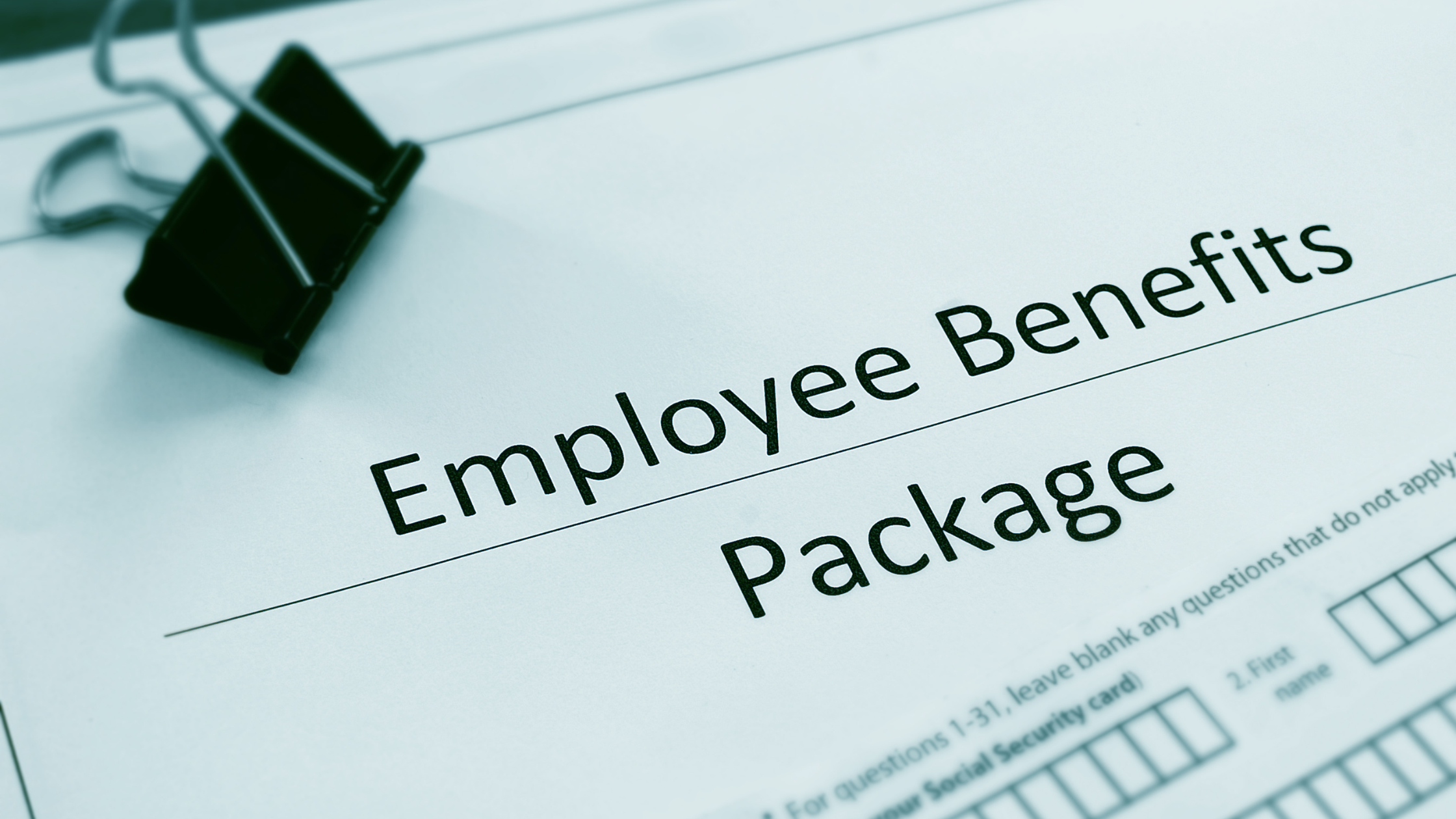 The Ontario Drug Benefit (ODB) program is a government program that helps certain individuals cover the cost of their prescription medications. The ODB includes over 4,400 prescription drugs, as well as some nutrition products and diabetic testing agents.
The Ontario Drug Benefit (ODB) program is a government program that helps certain individuals cover the cost of their prescription medications. The ODB includes over 4,400 prescription drugs, as well as some nutrition products and diabetic testing agents.
Click here to access the Formulary database to search which drugs are covered.
If you are over age 65, live in Ontario, and have a valid Ontario Health Card, you qualify for ODB coverage. The program will pay the majority of the costs for the approved list of drugs and other medical products.
Depending on your income level, you will have different deductibles and co-payments on the ODB:
- If you are a single senior with a yearly net income of over $19,300 or a senior couple with a combined yearly net income of over $32,300, you will pay a deductible of $100 and a co-payment of up to $6.11 for every subsequent ODB prescription.
- If you are a single senior with a yearly net income of under (or equal to) $19,300 or a senior couple with a combined yearly net income of under (or equal to) $32,300, you will not pay a deductible and will only pay a copayment of up to $2 for every ODB prescription.
Furthermore, some pharmacies may waive some or all of the co-payment fees.
How Does ODB Work with My Benefits Plan?
With many employees now working past age 65, it is becoming more common for people to have both a benefits plan and OBD coverage. If you or a member of your benefits plan qualifies for the ODB, you can coordinate benefits between the two for maximum coverage.
The ODB program is the first payer, meaning that any drug costs should go through the ODB first, prior to being submitted to your benefits plan. Once ODB has provided the available coverage, the remainder of the unpaid costs, if any, can be sent through your benefits plan.
If you have a healthcare spending account (HCSA) as part of your benefits coverage, the HCSA is the last payer (as always).
As employees reach the age of 65, ODB absorbs most of the cost of prescription medication. This would reflect in lower claims under an Administrative Services Only (ASO) plan.
Maximize Your Coverage!
Knowing the different government programs available to you can help you get the most out of your benefits plan coverage. That way, you will be able to receive as much coverage as you are eligible for when you need it most, as well as manage your healthcare costs effectively.
The Benefits Trust provides a wide range of benefit plan options to suit any organization’s needs. Contact us today!
Curious about Healthcare Spending Accounts? Check out our FREE eBook: The Smart Employer’s Guide to Healthcare Spending Accounts.
More from The Benefits Trust:






